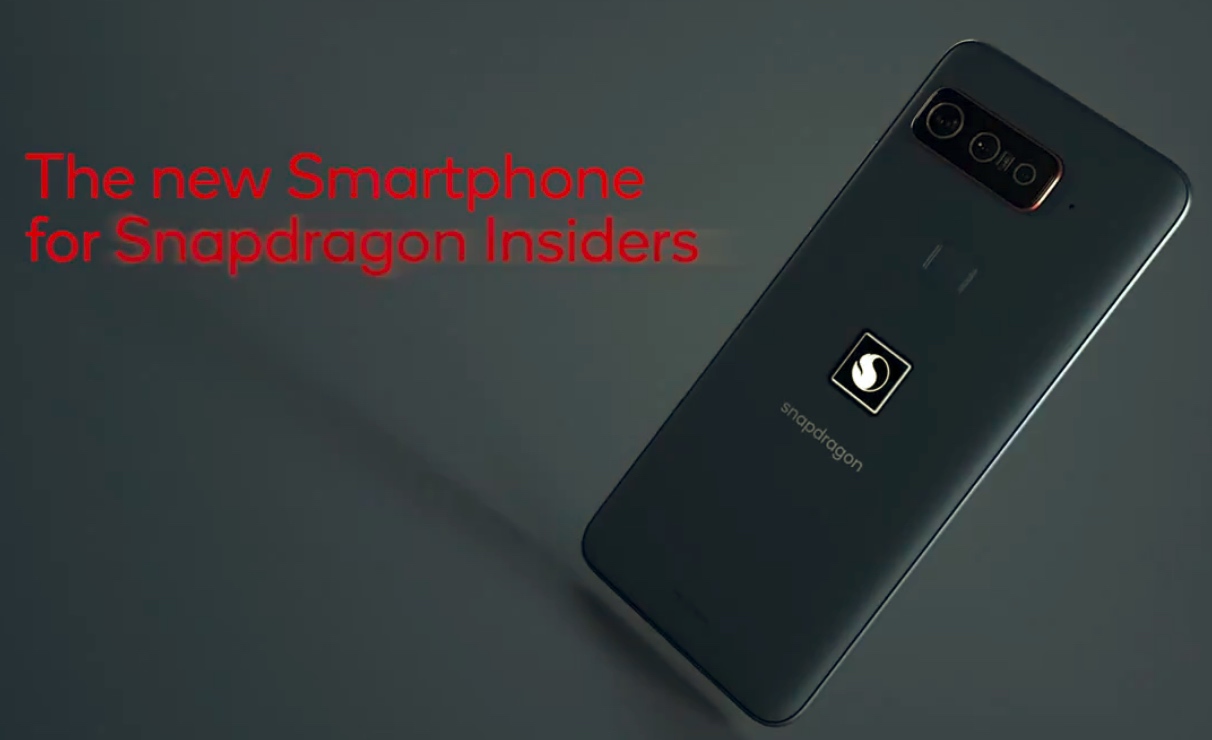
Qualcomm extensively demoed the under-display fingerprint scanner with a Vivo handset at the Mobile World Congress in Shanghai last week. While the results pleased the entire mobile industry, analyst Ming-Chi Kuo believes that it still needs a lot of work, mainly with speed and accuracy.
Kuo admits that version 2.1 of the sensor demoed on the Vivo handset showed a lot of improvements especially with regards to differentiating between real and artificial fingers. But he also claimed that Qualcomm has to bring in more changes to improve the speed of detection, which is paramount with a fingerprint sensor.
Kuo also detailed some of the other concerns that manufacturers will have if they want to adopt this technology. Qualcomm’s new sensor requires phones with flexible OLED panels and a thinner display glass to function, which is a bit of a rarity in the mobile industry. Keeping this in mind, we will probably see a handful of devices with Qualcomm’s new sensor by Summer 2018. However, widespread adoption could take some time.
It seems like Qualcomm wanted to beat Apple to the punch with this new idea. Apple is also expected to be using an under-display fingerprint scanner with the iPhone 8. Huawei announced the Mate S flagship with a Force Touch display in 2015, just prior to the release of the iPhone 6s and the 6s Plus with 3D Touch displays.
Huawei’s implementation didn’t bear much fruit, though, since the company simply couldn’t produce the handset in enough quantities. So far, only ZTE has managed to pick up this feature with its Axon Mini handset, and we haven’t seen any other Android smartphone with Force Touch on board. One can only hope that this new Qualcomm tech doesn’t see the same fate.
[Via 9to5Mac]















